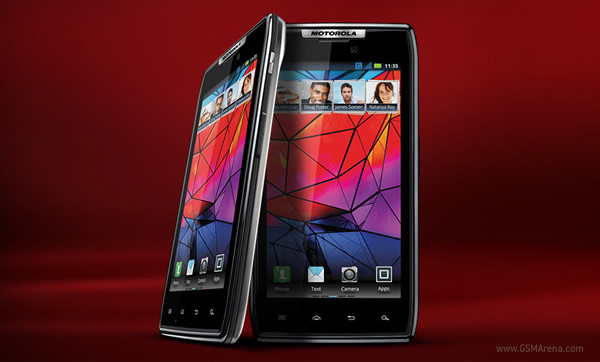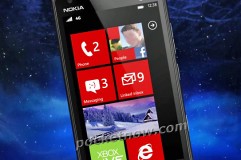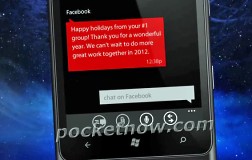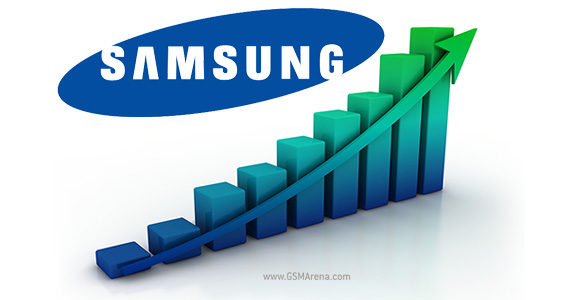
f you caught our review of the phone, you'll know that the Orange San Francisco II is a phone we rate highly here, especially in view of its affordable price tag. But that rather dull black exterior doesn't exactly win it many style points. A new white variation of the Orange San Francisco II just might though.
Orange has perhaps missed a trick by not launching this snow white variation in time for Christmas, but with a long winter still ahead of us, we're sure this new version of the smartphone will be topical for some weeks yet.
The Orange San Francisco II in white has appeared on the Orange website, but details about availability are still scarce. 'Coming soon' is all we get, which could be any time really. But with the Android market so fast moving, we would be surprised if this didn't hit the shelves in the next few weeks. If you want to be the first with one, you can always register now with Orange.
As for features, just the same as the black version, which means Android Gingerbread 2.3 for the operating system, an 800MHz processor, a five-megapixel camera, a 3.5-inch WVGA capacitive TFT touch-screen, 512MB of internal memory, Wi-Fi, A-GPS, 512MB storage and a slimmer and more lightweight body than the previous incarnation. Orange apps, as you might expect, are also preloaded onto the handset, including Orange Wednesdays, Your Orange for checking your account and Orange Contacts Back-up.
We expect the price to be just the same too, which should equate to £99 on Orange pay-as-you-go with a £10 top-up or free on 24 month plans of £10.50 per month.




















 Intel has just revealed its latest smartphone and tablet reference platforms based on its Medfield chipset. The chip maker is dead set on grabbing a piece of the two markets under ARM's nose and obviously won't let the few unsuccessful previous attempts stop it.
Intel has just revealed its latest smartphone and tablet reference platforms based on its Medfield chipset. The chip maker is dead set on grabbing a piece of the two markets under ARM's nose and obviously won't let the few unsuccessful previous attempts stop it.
 Tango - the next Windows Phone version - will be announced and launched at the upcoming CES 2012 in Las Vegas. It will be demonstrated on the still unannounced Nokia Lumia 719 and Lumia 900 on January 13.
Tango - the next Windows Phone version - will be announced and launched at the upcoming CES 2012 in Las Vegas. It will be demonstrated on the still unannounced Nokia Lumia 719 and Lumia 900 on January 13.




 We knew that the Galaxy Y, among other smartphones, will be offered in white for the Christmas holidays in Germany, but now the white Galaxy Y has appeared in the UK as well.
We knew that the Galaxy Y, among other smartphones, will be offered in white for the Christmas holidays in Germany, but now the white Galaxy Y has appeared in the UK as well.









 We can finally give those of you living in the UK and eager to get their hands on a BlackBerry Bold 9790 a date to circle on their calendars. According to an online retailer the latest Bold smartphone will hit the shores of the United Kingdom on January 9.
We can finally give those of you living in the UK and eager to get their hands on a BlackBerry Bold 9790 a date to circle on their calendars. According to an online retailer the latest Bold smartphone will hit the shores of the United Kingdom on January 9.








